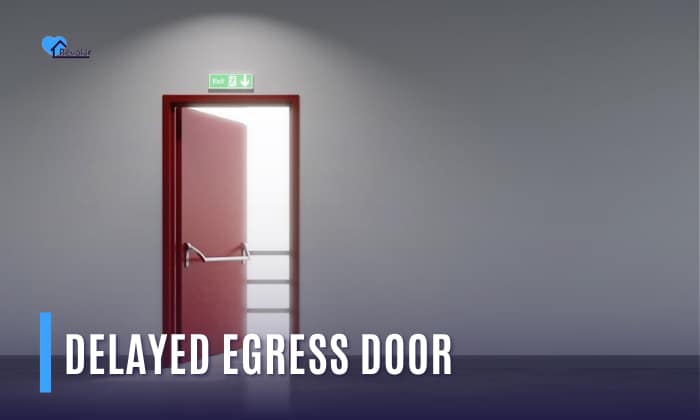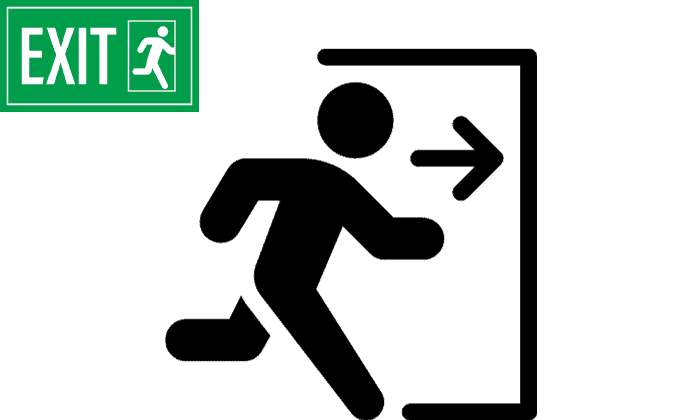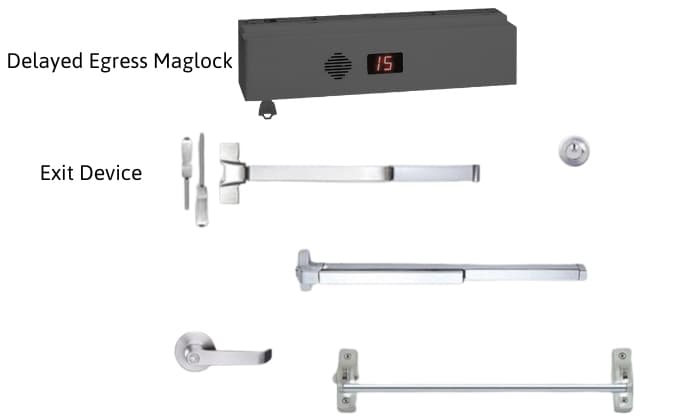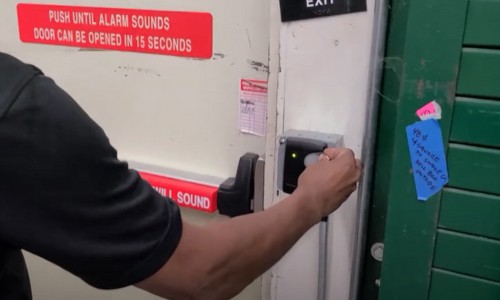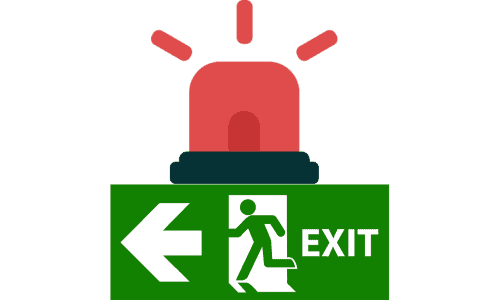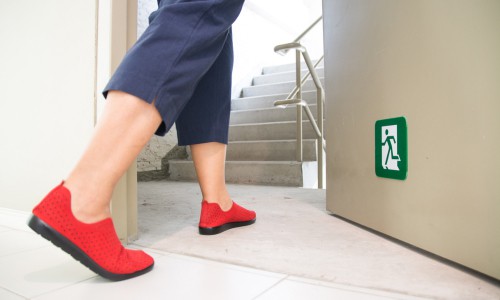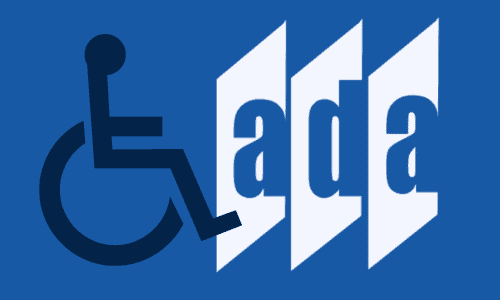Ensuring the safety and security of the occupants is the top priority in any building. One solution to monitor passages in public facilities like hospitals and airports is egress doors. This door type can prevent illegal entrants while allowing for egress in an emergency, especially in stores, warehouses, and museums.
We have prepared this guide for you to learn what a delayed egress door is, its functions, purposes, installation requirements, and compliance with regulations.
Table of Contents
Delayed Egress Door Definition
A delayed egress door is an exit in an establishment assigned with a special locking arrangement that prevents somebody from leaving an area. It is the opposite of industrial door alarms, which are built to protect entry points.
Egress doors can control and monitor the movement of individuals in various settings. It is suitable for installation as emergency exit door in commercial buildings or residential spaces.
What Are Its Key Components?
Several key components define emergency egress doors. It includes a panic bar or exit device, delayed egress maglock, controller, and time delay open door alarm.
The primary feature that sets delayed egress doors apart is its activation delay. When someone tries to exit the building, the door will remain locked, typically lasting around 15 seconds. This ensures proper control of passage, especially when coupled with a security camera.
How Delayed Egress Doors Work
The activation and operation of delayed egress doors are designed with precision to balance security and safety. Here’s how they work:
1. Activation
When any individual wants to exit through a delayed egress door, he or she will have to engage the exit bar or panic device. This triggers the door’s locking system to initiate the delay period.
2. Delay Period
Once activated, the door’s controller starts a countdown, often set by default to around 15 seconds. During this time, the door remains locked, deterring unauthorized exits.
3. Audible and Visual Alarm
A time delay open door alarm is activated. This alarm produces audible and visual signals to indicate the ongoing delay and alert those nearby that an exit attempt is in progress.
4. Release
After the predetermined delay period elapses, the door’s locking system disengages, pushing the door open and granting exit.
5. Emergency Override
Importantly, delayed egress doors include an emergency override mechanism. In case of emergencies or fire alarms (as per NFPA requirements), the door can be immediately unlocked, prioritizing safety over the delay period.
Requirements for Delayed Egress Doors
Delayed egress devices must adhere to various regulations and codes to ensure their proper implementation:
1. NFPA (National Fire Protection Association): NFPA 101 2012 Edition
Life Safety Code stipulates guidelines for delayed egress doors. According to this code, you can only install an egress door in your building if you follow certain specified requirements.
For example, if you plan to install an egress door in a NICU to prevent child abduction, the code says that egress doors can only have an emergency exit 15-second delay, which can be increased to 30-second if you have an AHJ approval.
Your state fire marshal is usually the authority with jurisdiction to enforce the code. In certain cases, multiple authorities can have jurisdictions for a given occupancy. For instance, a hospital may need to obtain life safety approval from more than one AHJ.
If you want to go into details, you can look into the NFPA 101 outlining the conditions under which these doors are permitted.
2. International Building Code
Many states and localities follow the International Building Code (IBC) rather than the NFPA 101.
There are many differences between the two. For example, while NFPA 101 – 2012 does not limit the number of delayed-egress doors within the path of egress, the International Building Code 2018 edition does.
3. ADA (Americans with Disabilities Act)
While delayed egress doors are designed to be accessible, ensuring compliance with ADA requirements is important. The activation force required to operate these doors should not exceed the ADA-specified limits.
For instance, The ADA guidelines handle risks from protruding objects, such as standpipe valves, in walkable areas like stairs and inaccessible paths. Also, ADA requires handrails to have a power grip on its surface.
Conclusion
As buildings evolve, the delayed egress door remains a cornerstone of modern security strategies, safeguarding lives and assets without compromising safety.
If you plan to have an industrial or residential egress door, note that it must comply with all relevant regulations, some of which were mentioned above. You must also ask for your local AHJ’s green light if your building is ready and safe for this technology.
Compliance with NFPA regulations and ADA requirements is imperative to ensure that these doors serve their purpose effectively and inclusively.

I am the last member to join Revolar and might be just the luckiest to work with dedicated people like Teddy and John. Our team has established a process where my only job is writing the best content to deliver incredible ideas and guides.


